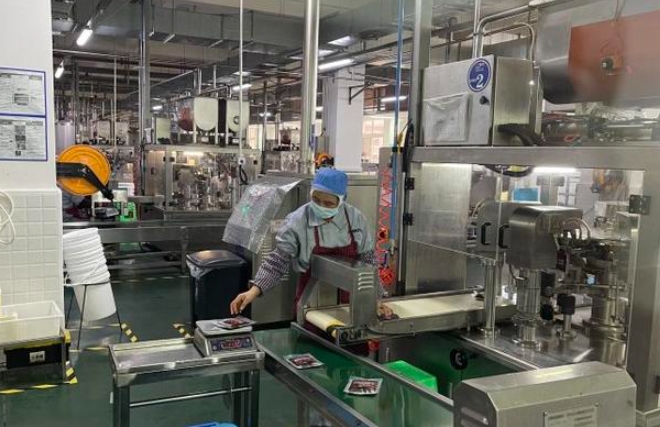
The food processing industry demands high standards of equipment reliability, hygiene, and production efficiency. In this sector, reducers play a pivotal role by providing stable power transmission and precise motion control for various food processing equipment. This article delves into the crucial applications of reducers in food processing equipment, emphasizing their roles in enhancing efficiency, ensuring hygiene, and adapting to diverse processing methods.
1. Power Transmission and Speed Control:
Food processing equipment often deals with ingredients of varying textures and properties, demanding stringent requirements for power transmission and speed control. reducers efficiently convert the high-speed, low-torque output of electric motors into the low-speed, high-torque needed for devices like mixers and conveyors. The speed-adjusting characteristics of reducers ensure precise control at different stages of processing, enhancing production accuracy and controllability.
2. Adapting to Different Processing Requirements:
The food processing industry encompasses various processing methods, from mixing and stirring to extrusion and packaging. reducers are designed to address these diverse needs by adjusting output parameters, ensuring equipment can adapt to different processing requirements. This flexibility makes reducers an ideal power transmission solution for various food processing equipment types.
3. Ensuring Hygiene Standards:
Hygiene standards are paramount in food processing. Gearbox designs often adhere to industry hygiene standards, utilizing materials and surface treatments that are less prone to the accumulation of contaminants. This commitment to hygiene ensures that the food processing equipment remains uncontaminated during production.
4. Enhancing Equipment Reliability:
Food processing equipment operates for extended periods at high intensities, making reliability a crucial factor. The durability and high load-bearing capacity of reducers ensure stable operation, reducing wear and tear caused by frequent starts, stops, and high-intensity operations, thereby extending equipment lifespan.
5. Energy Efficiency and High Productivity:
The application of reducers in food processing equipment contributes to energy efficiency and increased production efficiency. By adjusting output parameters, reducers ensure that equipment operates at optimal conditions, reducing energy consumption. The efficient power transmission of reducers guarantees the effective utilization of electrical energy, aligning with modern requirements for energy conservation.
6. Precision Packaging and Conveyance:
In the final stages of food processing, precise packaging and conveyance are critical for product quality. reducers, through precise control over conveyors and packaging machinery, ensure efficient packaging and accurate conveyance after processing, improving overall product quality and production efficiency.
7. Universality Across Food Equipment Types:
reducers exhibit universality in their application across various food processing equipment, including mixers, juicers, and extruders. This versatility allows food producers to choose reducers that suit their processing requirements in different production environments, providing consistent and reliable power transmission solutions.
The key application of reducers in food processing equipment goes beyond power transmission; it significantly contributes to efficiency, hygiene assurance, and adaptability to diverse processing methods. The multifunctionality and applicability of reducers make them indispensable technical support in the food processing industry, providing reliable and efficient power transmission solutions for production equipment.
 English
English Deutsch
Deutsch Русский
Русский Español
Español
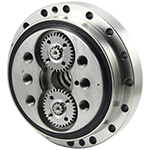
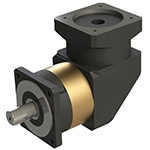
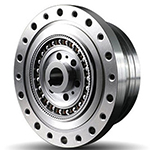
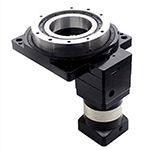
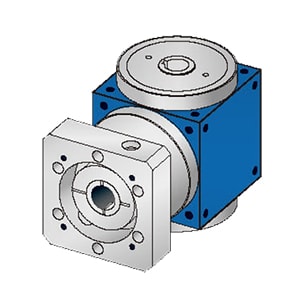
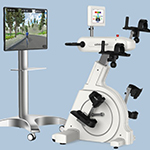
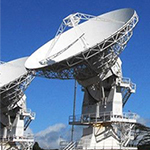
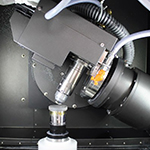
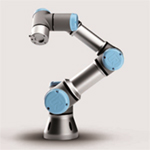
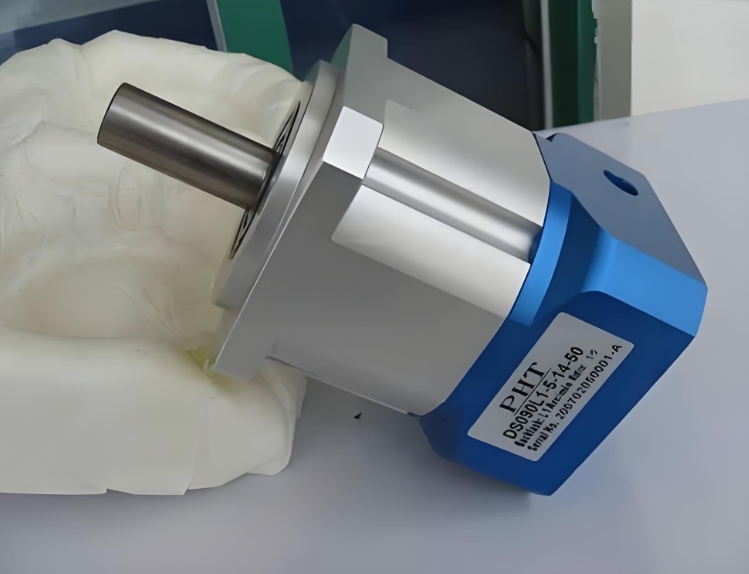
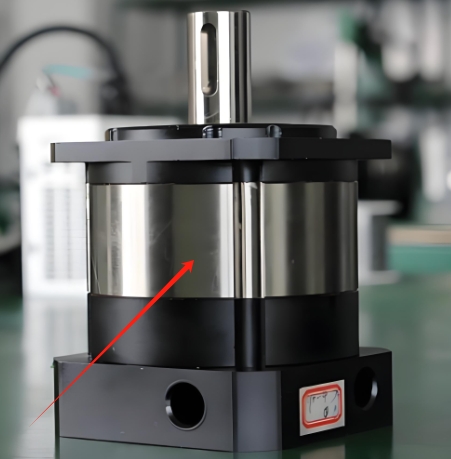
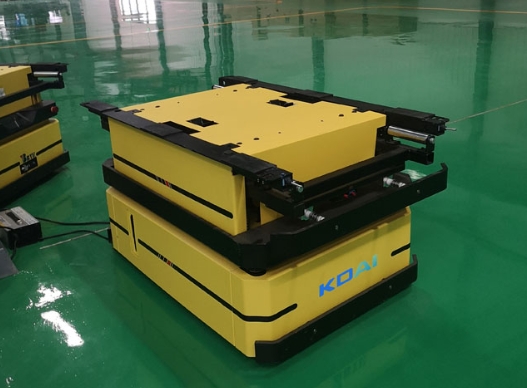
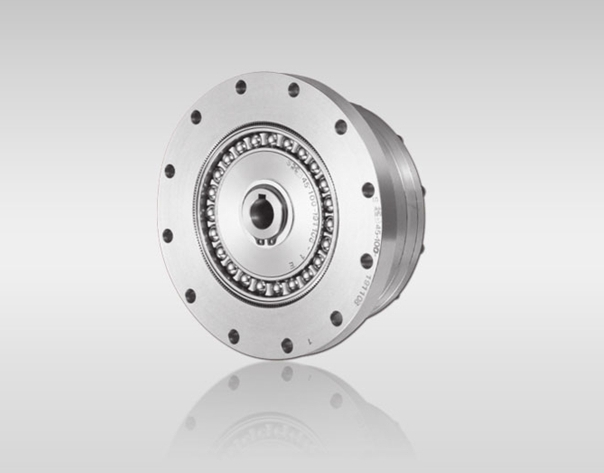
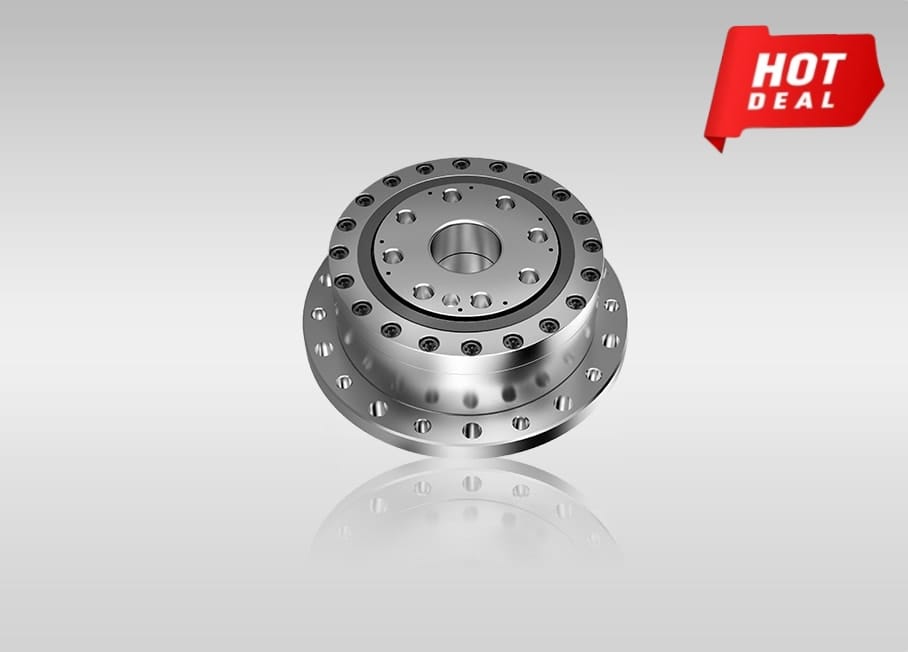
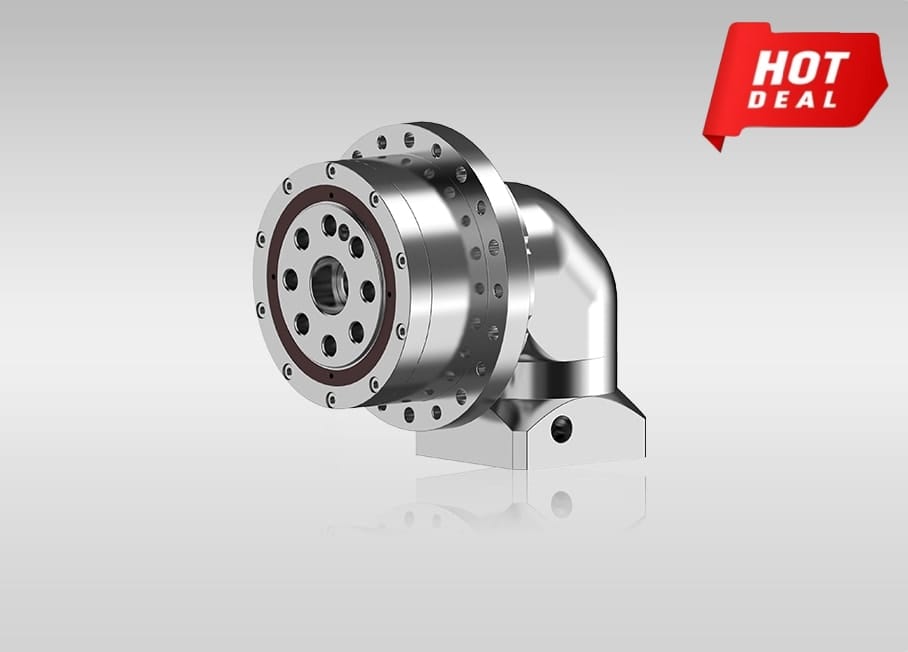
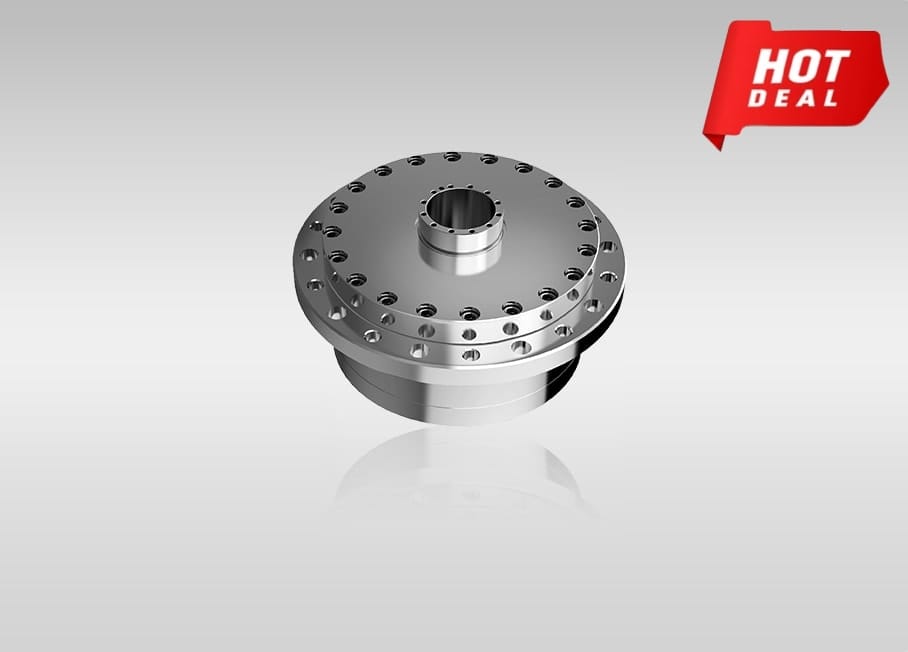
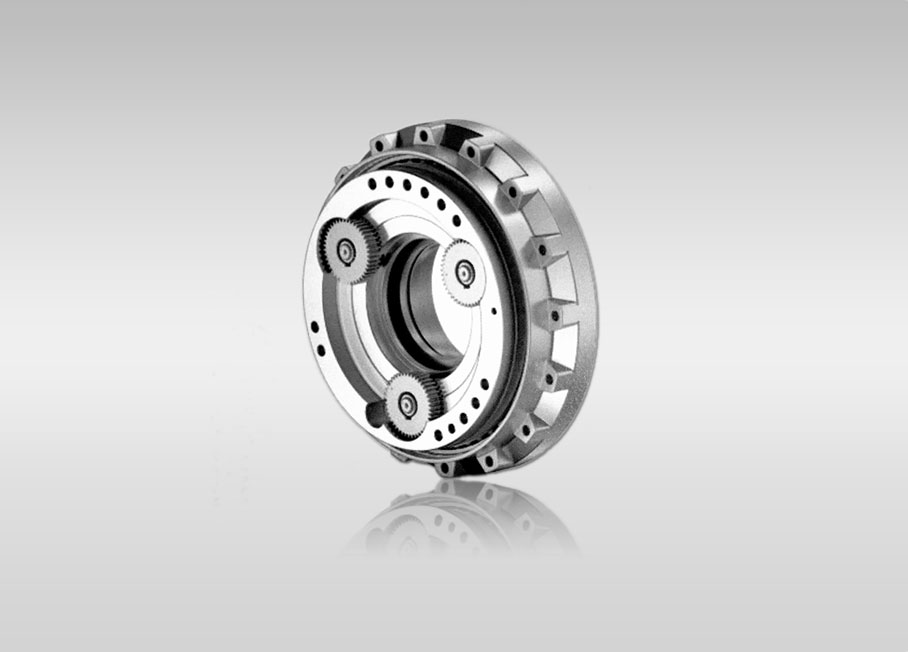
Quote Now